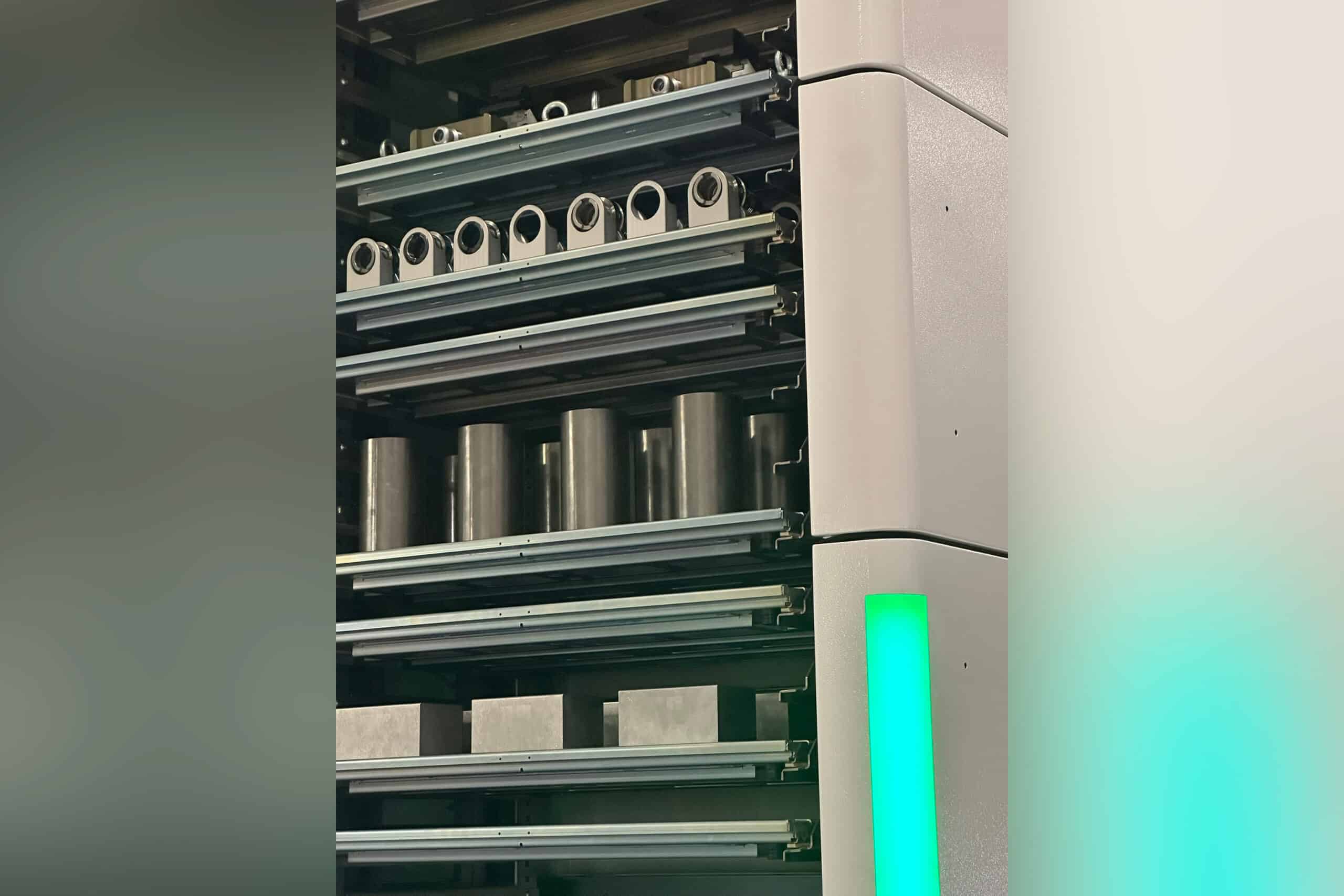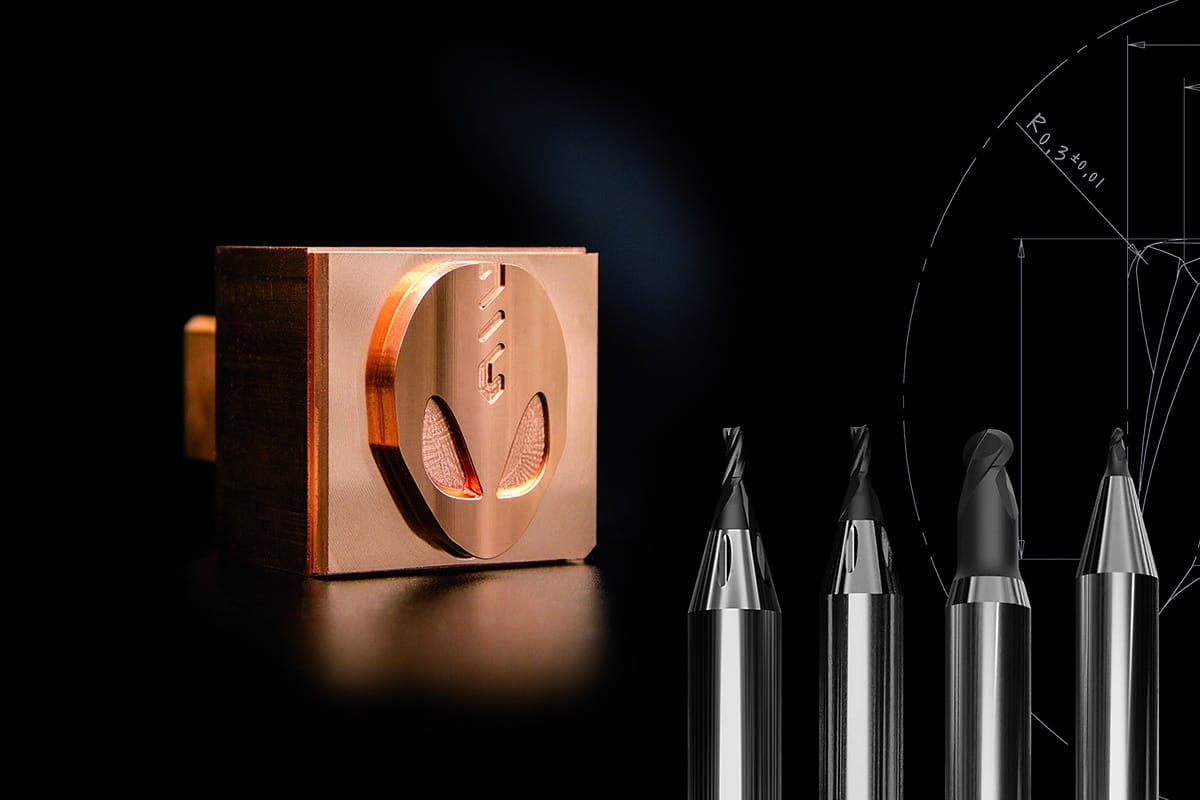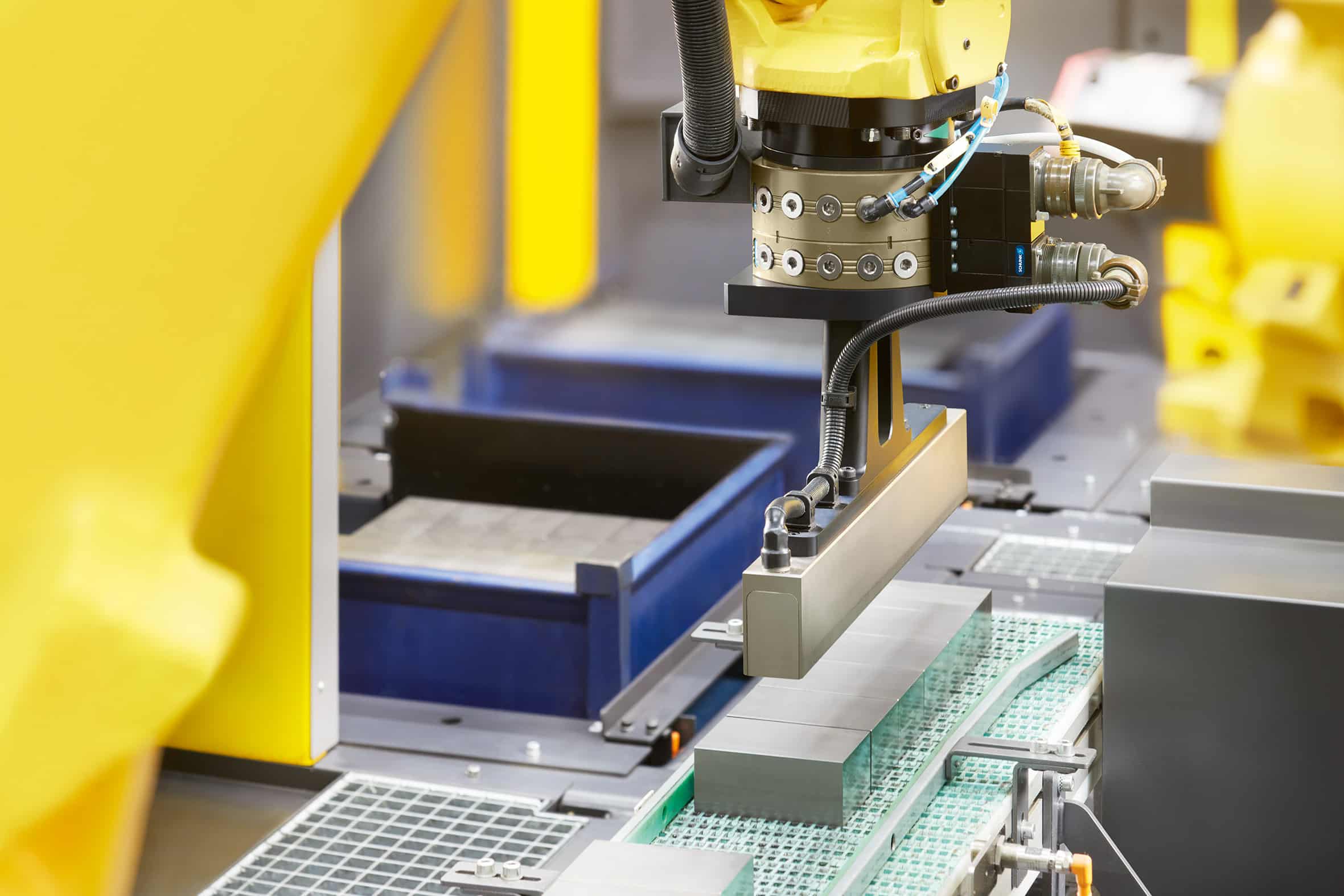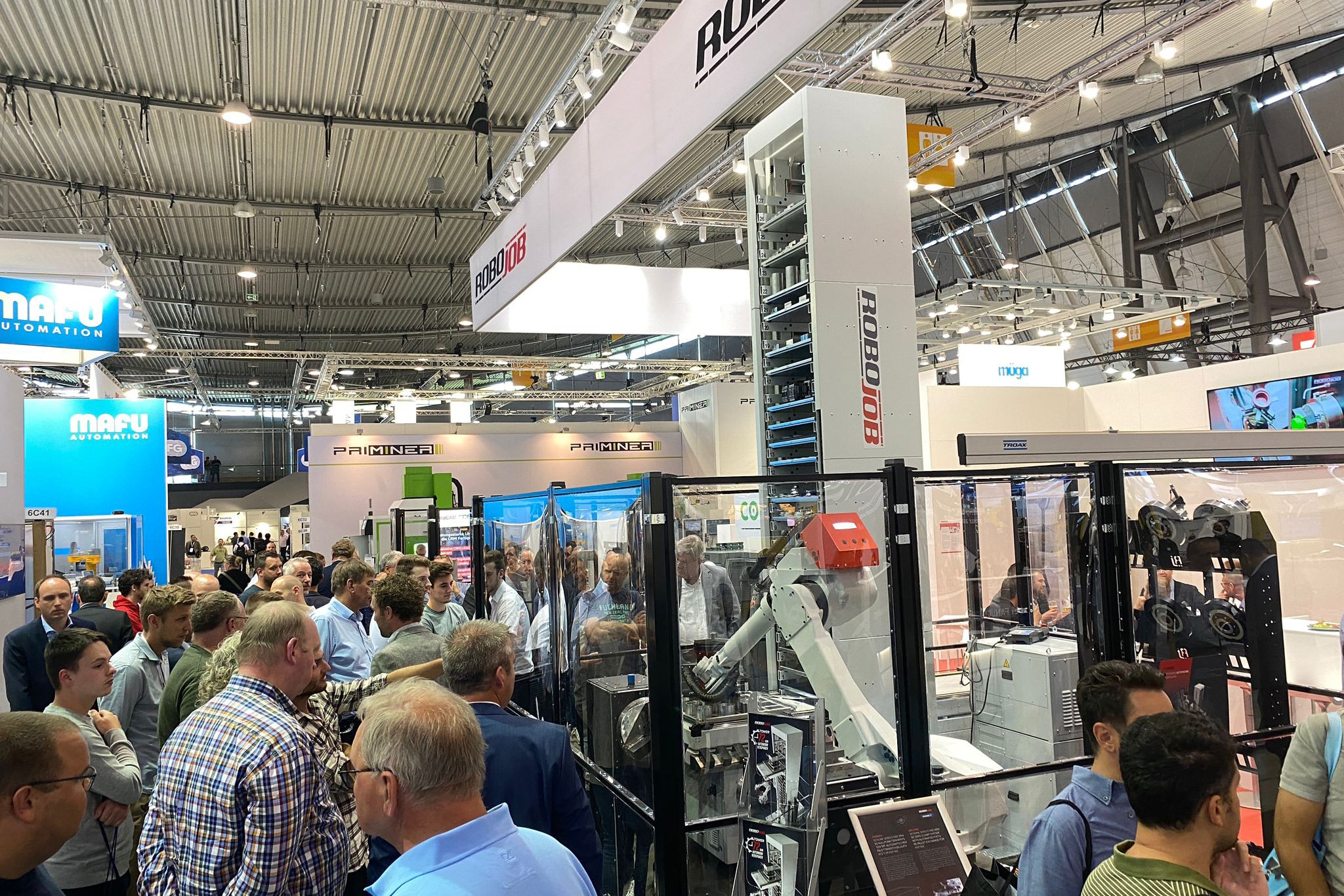
Closing the loop in manufacturing
Many manufacturing companies today still work in a linear workflow. They usually check their products only at the end of the production process. In many cases, if a part is rejected, it ends up on the scrap heap. This reactive way of working is not efficient in today's manufacturing industry. The advent of new technologies makes it possible to move to a more efficient, closed-loop system that lives up to first-time-right production.
Most machining companies have a linear operation. That is, the order comes in, and it then goes through the various steps from CAD/program to final product and quality control. To improve efficiency, there is an increasing need to move to a more closed, centralized system that brings together the principles of Industry 4.0.
Digitizing, in other words. A word that already makes many metalworkers' hair stand on end. "We've been doing it this way for years, so why change?" Well, there are several good reasons for that, starting with the aging population. A lot of machinists and CAD/CAM programmers in the manufacturing industry will be retiring in the next few years. A lot of knowledge and experience is in danger of being lost unless we can secure it digitally. But the main driver for companies is economic gain, because by digitizing they can produce at a lower cost per piece.
Closing the loop is the easiest way to make work of a first digitization step. After all, it uses data already available in your machines. In fact, more and more CNC machining centers are equipped with automatic measuring probes. And these can do much more than just measure workpiece datums. You can use them multifunctionally to also perform quality checks during and after the production process. Measurements that can then be used to adjust your processes if necessary. Tooling measurement can also be automated. Autonomous breakage detection during production can ensure that tools are changed in a timely manner, preventing a rejected piece.
In addition, post-production quality control feedback is crucial to adjust the entire process. Today, many companies still do not have a quality control room. By starting to measure during production, although the program cycle will be a few minutes longer, you take a step toward first-time-right production. Even at night, because everything can continue to run 24/7 unmanned, with proper quality control. Deviations in tolerances can be detected even before they fall outside the tolerance zone. Many companies already carry out these measurements, but direct feedback to the production process is usually not yet automatic.
Implementing Closed Loop Manufacturing (CLM) can bring many benefits to both piece production and serial work. A company primarily versed in piece production can automate human operations. An example is the quality control of a fit before finishing. This greatly increases the accuracy of production. CLM also offers advantages in serial production of large runs. The system can detect deviations and take timely action before parts fall out of tolerance. With CLM, one can therefore detect and prevent problems more upstream. It also increases accuracy and lowers the chance of human error, resulting in fewer rejected pieces and thus a cost savings for you. The latter also means that fewer parts end up in the landfill. This certainly comes in handy, as we need to reduce Flanders' material footprint by 30% by 2030.
Kevin Sel,
Thomas More Research



